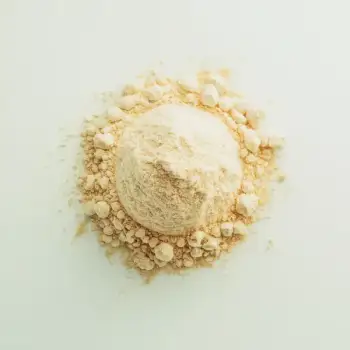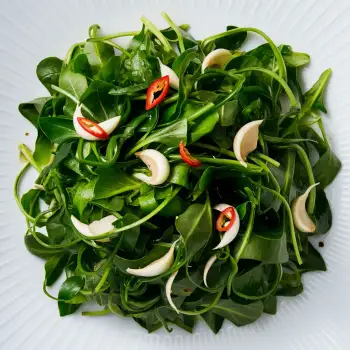


Starch
Arrowroot starch is similar to arrowroot powder and is often used interchangeably. It's used to thicken sauces, soups, and other culinary preparations.
Powdered
Arrowroot powder is a fine, white powder extracted from the rootstocks of the arrowroot plant. It's commonly used as a thickening agent in cooking and baking.




arrowroot powder: Bob's Red Mill
organic arrowroot powder: Frontier Co-op

Slurry: Mix arrowroot powder with a cool liquid, usually water or milk, to form a slurry before whisking it into your hot liquid. This prevents clumping and ensures even distribution throughout the dish.
Freezing: Arrowroot powder is ideal for recipes that require freezing and reheating due to its stability. It prevents ice crystals from forming, maintaining a smooth texture in frozen desserts and sauces.
Thickening: Use arrowroot powder as a thickener for sauces, gravies, soups, and stews. Add the slurry to a simmering liquid and stir until it reaches the desired consistency. Remember, it thickens quickly, and overcooking can break it down, so it's best added at the end of cooking.













